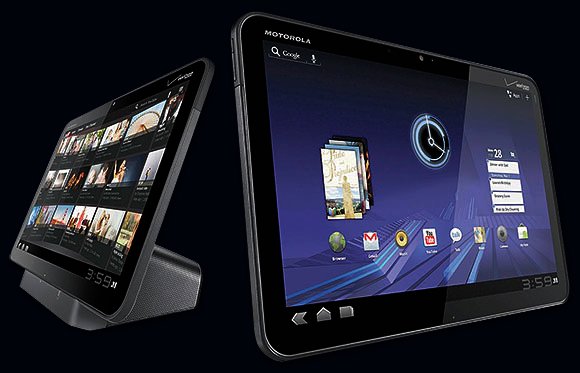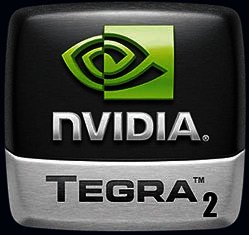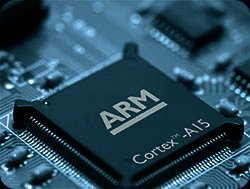Consumer Electronics Show 2011 - Trends
By Staff Writer 9 February 2011 | Categories: feature articlesAs the biggest consumer electronics show in the world, CES is the go-to event for gadget lovers. Held each year in Las Vegas, CES does much to highlight big developments on the tech front, basically forecasting what is laying ahead for consumers in the next few years. So what were CES 2011's hot topics? Read here to find out.
Tablets for all

If we did not know better we would have thought the CES show halls were constructed of tablets - there were just that many. The vast majority featured Google's Android operating system, and certainly one of the most impressive was Motorola's flagship, Xoom. It's the world's first tablet running on the dual-core Tegra 2 processor, while also sporting Android Honeycomb, Google's operating system built from the ground up for tablets.
When it comes to most powerful, the prize must go to Asus' EP121. It features an Intel Core i5 CPU plus a lofty 4 GB of RAM and 64 GB SSD (solid-state drive), giving it the horse-power of a good mid-range notebook rather than a tablet. It runs on Windows 7, as did a good number of other tablets on show, which led to questions being asked about Windows 7's suitability for tablets, seeing that Windows 7 was not built with touch-screens in mind. Microsoft is confident enough with the current OS since they did not say a word about an upcoming tablet OS release.
With such a large number of tablets on show, and a lot heading to SA, one thing is certain - very few will have major commercial success.
Best of the rest of the tablets:
- Acer's dual core Iconia Tab A500 with Clear.fi media sharing system
- Kno dual-screen tablet/reader aiming to become the textbook of the future
- Azpen X1 tablet giving you the best of both worlds, dual-booting Windows and Android
Nvidia's Tegra 2 system-on-a-chip

Qualcomm's 1 GHz Snapdragon processor was the star of CES last year, and this year the title belongs to the aggressive Nvidia Tegra 2 system-on-a-chip (SoC). It's the world's first mobile dual core processor, featuring the ARM Cortex-A9 MPCore CPU (see right) with 1 GHz of processing power per core. The interesting thing though is that Tegra 2 includes a graphics processor too, allowing devices sporting the chip the ability to run 1080p video without the need for a separate GPU, all with very low power consumption.
We first got sniff of the Tegra 2 when LG announced their Optimus 2X, the world's first dual core smartphone, last year. At CES the Tegra 2 chip sprouted like mushrooms, also making an appearance on Motorola's Atrix 4G and Droid Bionic smartphones, plus on a number of tablets, including Acer's Iconia Tab A500, Motorola's Xoom, Dell's Streak 7, LG's G-Slate and others. Interestingly enough it's also making the move to in-car infotainment systems from Audi, BMW and Tesla.
The rise of ARM

One of the most important happenings at CES this year was the amazing ground covered by a chip manufacturer from the UK, known as ARM. The ARM chip architecture seems ripe for the picking as Steve Ballmer, Microsoft's CEO, announced in his keynote speech at CES that the next major Windows release, Windows 8, will also run on ARM architecture. This is a very important move for Microsoft, since in the consumer space Windows runs on x86 processors coming from Intel and AMD. With this move Microsoft is acknowledging the importance of ARM architecture (usually licenced to be produced by third-party companies such as Nvidia and Qualcomm) in smaller devices such as tablets, smartphones and netbooks.
ARM CEO, Warren East, said the technology is scalable up to the desktop and even supercomputer ranges, and with Nvidia announcing their Project Denver plans to develop new premium processors based on ARM, the big Intel vs AMD debate might just get a new player to deal with.
Most Read Articles

Have Your Say
What new tech or developments are you most anticipating this year?


